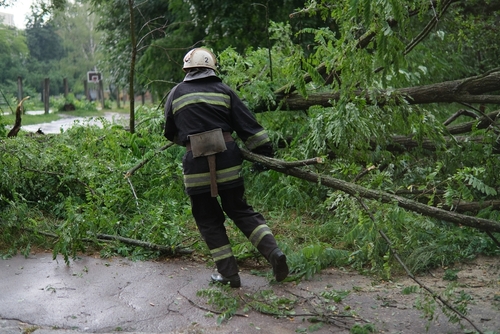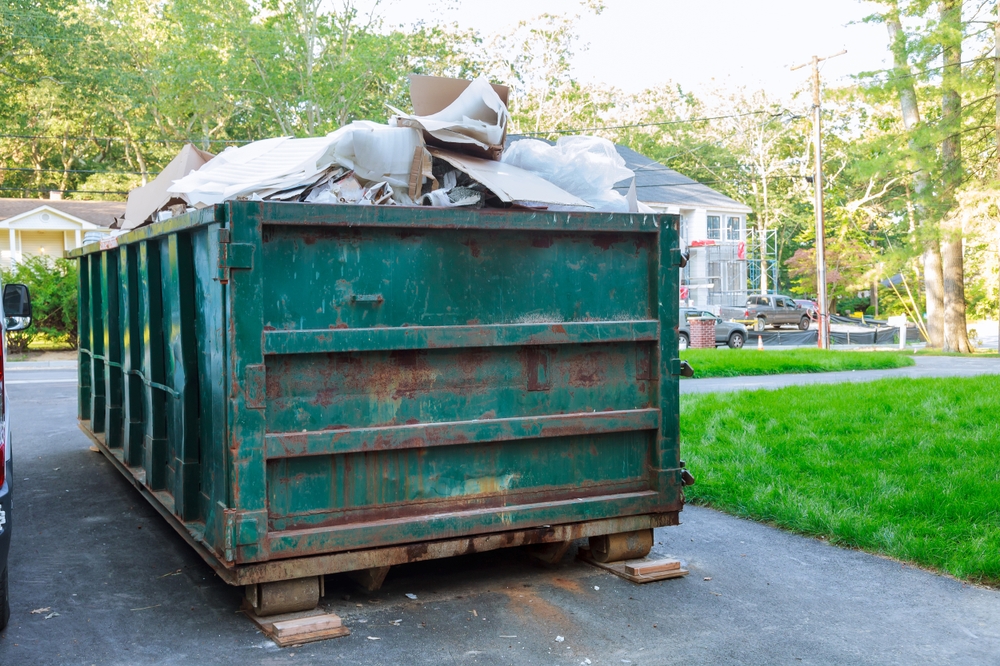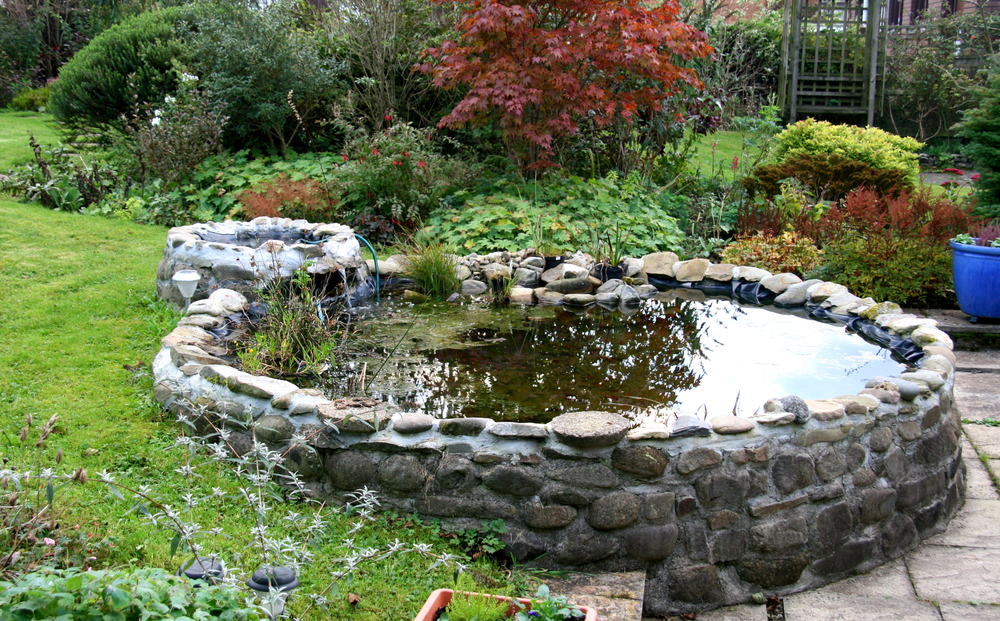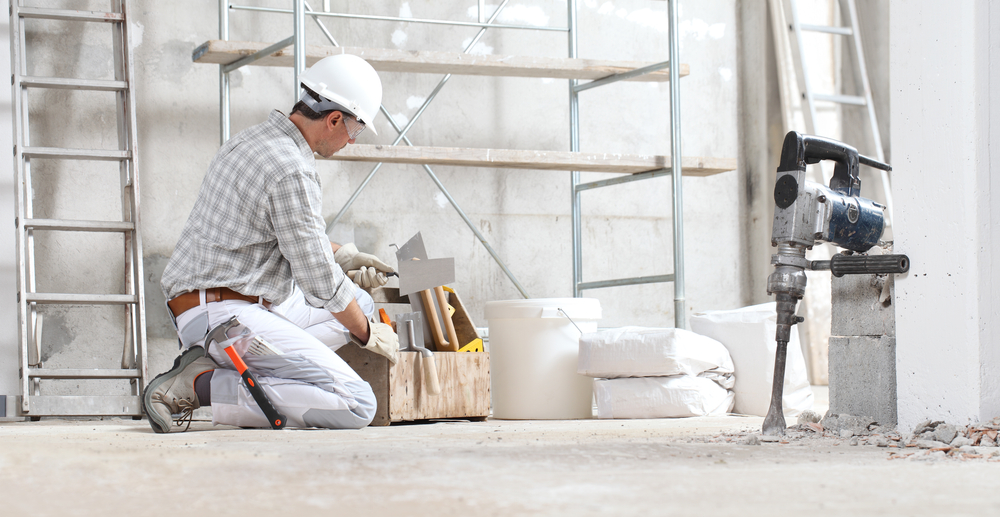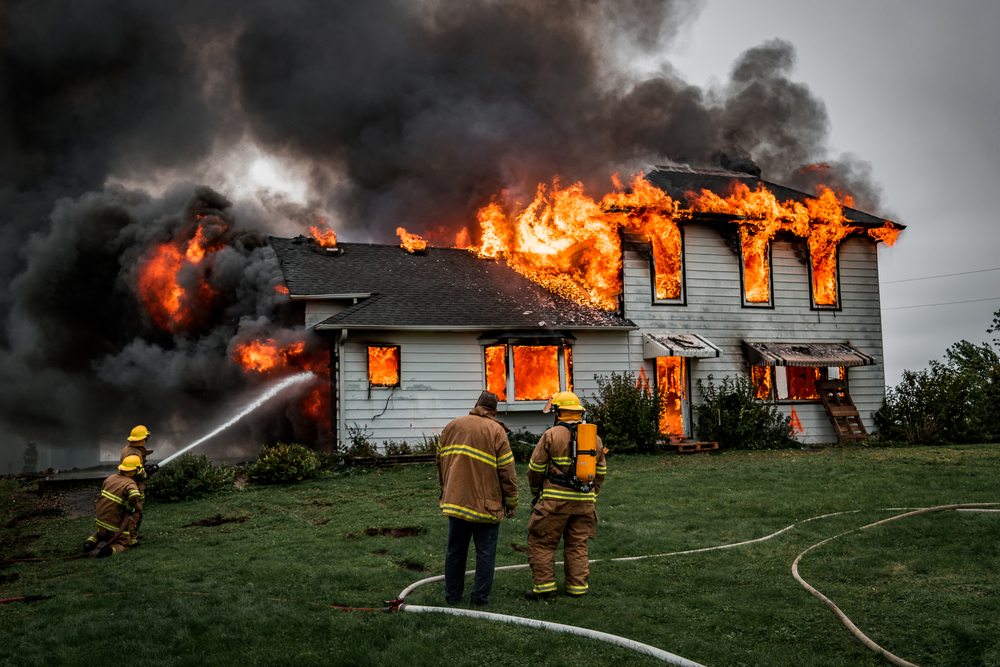June 14, 2024 - Benjamin Ehinger
Cleaning Up After Hurricane Damage: Essential Steps for a Safe Recovery
CALL NOW 844-762-8449
In the aftermath of a hurricane, the daunting task of cleanup and restoration presents itself. Grappling with the scale of the chaos, it’s important to approach the process systematically. Your safety is paramount; hence, it’s vital to conduct an initial assessment of the structural integrity of your environment before engaging in any cleanup activities. Dealing with water damage requires a clear strategy, often starting with the removal of stormwater residue and promoting the drying of the affected areas to prevent mold and further damage.
When the immediate dangers have subsided, the focus shifts to cleaning and disinfecting. You will need to sort through personal belongings, determining what can be salvaged and what must be discarded, all the while using appropriate products to disinfect surfaces. As you embark on repairs, understanding your insurance coverage can aid in managing the financial implications of the rebuilding process. Remember, it’s not just about restoring your property—it’s about doing so in a way that ensures your future safety and comfort.
 After a hurricane, the main focus is to ensure the safety and functionality of your home. Tackling structural integrity, essential systems, and the restoration of living spaces are paramount. You will likely need a residential dumpster rental from Waste Removal USA to help keep things safe as you repair and rebuild after hurricane damage has been cleaned up.
After a hurricane, the main focus is to ensure the safety and functionality of your home. Tackling structural integrity, essential systems, and the restoration of living spaces are paramount. You will likely need a residential dumpster rental from Waste Removal USA to help keep things safe as you repair and rebuild after hurricane damage has been cleaned up.
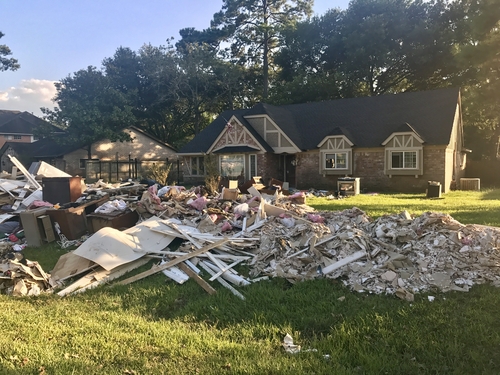 In the aftermath of hurricane damage, you’ll primarily be dealing with two forms of financial relief: navigating insurance claims and seeking government assistance. They both serve as vital steps to manage recovery costs and it’s important to understand how to effectively work with each system.
In the aftermath of hurricane damage, you’ll primarily be dealing with two forms of financial relief: navigating insurance claims and seeking government assistance. They both serve as vital steps to manage recovery costs and it’s important to understand how to effectively work with each system.
Key Takeaways
- Prioritize your safety by assessing structural damage before beginning cleanup efforts.
- Implement thorough cleaning and disinfection to prevent mold and protect health.
- Understand insurance coverage to facilitate financial assistance for repairs.
Preparing for Cleanup
Before stepping into the aftermath of a hurricane, it’s critical that you prioritize safety and accurately evaluate the extent of the damage. Taking these initial steps ensures that you’re protected and that you can effectively communicate the impact when seeking assistance or filing insurance claims.Safety Measures and Gear
Your safety is paramount when dealing with storm damage. It’s essential to equip yourself with the right gear to avoid injuries from hazards like sharp debris, contaminated standing water, or exposed electrical lines. Always wear:- Gloves: Thick, heavy-duty gloves protect your hands from cuts, scrapes, and other injuries.
- Boots: Sturdy boots with slip-resistant soles prevent falls and keep your feet safe from nails and broken glass.
- Mask: A respirator or N95 mask will shield you from inhaling dust, mold spores, and other airborne contaminants.
- Goggles: Safety goggles are crucial to protect your eyes from harmful exposure.
- Hard Hat: A hard hat defends against head injuries from falling debris or unexpected structural weaknesses.
Assessing the Damage
Once you’re properly geared up, your next focus should be on determining the extent of structural damage. Be careful as you inspect your property:- Check for signs of damage to the foundation, walls, and roof.
- Look for broken pipes, gas leaks, or damaged electricity lines and avoid those areas.
- Do not enter if you suspect any form of structural compromise.
- Document all damage meticulously for your insurance claim. Take photos or videos of your personal property, structural issues, and any damaged belongings.
- Keep a detailed inventory for reference during the insurance claim process but prioritize your safety above salvaging items.
Cleaning and Disinfecting
After a hurricane, the immediate goals are to remove water and debris, prevent and remediate mold, and thoroughly clean and disinfect appliances and hard surfaces. This process is crucial to restoring your home to a safe and livable condition.Removing Water and Debris
First, ensure you’re wearing sturdy work gloves or rubber gloves to protect your hands from sharp objects and contaminants. Use a wet/dry vacuum to remove standing water. Sweep out debris with a broom and gather it for proper disposal. Open windows and set up a dehumidifier to remove excess moisture and aid in the drying process.Mold Prevention and Remediation
Mold can develop within 24-48 hours following a flood. To prevent mold growth, keep airflow constant with fans and dehumidifiers. For existing mold, mold remediation should be thorough. Surfaces with mold should be cleaned with a cleaning solution that includes bleach or another disinfectant designed to kill mold. Always ensure the room is well-ventilated when using harsh chemicals.Cleaning Appliances and Hard Surfaces
Cleaning your appliances and hard surfaces starts with a detailed wipe-down using a cleaning solution. For appliances, be careful to follow the manufacturer’s guidelines to avoid electrical hazards. Apply a disinfectant on all hard surfaces, which includes floors, countertops, and other areas affected by the storm. Do not forget to clean your HVAC system as it can harbor water and mold, potentially spreading contaminants throughout your home.Repairs and Rebuilding
 After a hurricane, the main focus is to ensure the safety and functionality of your home. Tackling structural integrity, essential systems, and the restoration of living spaces are paramount. You will likely need a residential dumpster rental from Waste Removal USA to help keep things safe as you repair and rebuild after hurricane damage has been cleaned up.
After a hurricane, the main focus is to ensure the safety and functionality of your home. Tackling structural integrity, essential systems, and the restoration of living spaces are paramount. You will likely need a residential dumpster rental from Waste Removal USA to help keep things safe as you repair and rebuild after hurricane damage has been cleaned up.
Addressing Structural Damage
First, inspect your home for any structural damage. This may include compromised foundations, broken roof trusses, or damaged load-bearing walls. Use tarps to temporarily cover any breaches in the exterior to prevent further water entry. Engage a professional contractor to assess the severity of structural damage. Ensure all repairs are done to code, prioritizing stability and safety.Electrical and Plumbing Systems
Your home’s electrical system and plumbing must be methodically checked by licensed professionals. For electricity, hire an electrician to evaluate your wiring, outlets, and service panels for water damage and corrosion. Plumbing inspections should detect any broken pipes or leaks that could lead to further damage. Before using power tools or restoring electricity, confirm that your home is dry to avoid electrocution.Walls, Flooring, and Furniture
Water’s impact on your home’s interior can be significant. Wet drywall needs removal to thwart mold. You may need to replace sections of walls or entire panels. For flooring, remove waterlogged carpets and assess the subfloor for damage. Furniture, especially absorbent items like mattresses and bedding, should be evaluated for water damage. In many cases, it is best to replace these items rather than attempt repair.Insurance and Financial Aid
 In the aftermath of hurricane damage, you’ll primarily be dealing with two forms of financial relief: navigating insurance claims and seeking government assistance. They both serve as vital steps to manage recovery costs and it’s important to understand how to effectively work with each system.
In the aftermath of hurricane damage, you’ll primarily be dealing with two forms of financial relief: navigating insurance claims and seeking government assistance. They both serve as vital steps to manage recovery costs and it’s important to understand how to effectively work with each system.
Navigating Insurance Claims
After hurricane damage, your first step should be to promptly file a claim with your insurance company. For homeowners, it’s crucial to know what your homeowners insurance policy covers. Most policies cover wind damage, but flood damage is often excluded and requires separate flood insurance often offered through the National Flood Insurance Program (NFIP). Here are the steps and tips:- Contact your insurance agent immediately to report the damage.
- Document all damage with photos and detailed notes before any clean-up.
- Keep receipts of all repairs and living expenses if you’re displaced.
- Understand your policy’s deductible and coverage limits.
Seeking Government Assistance
FEMA provides financial aid for disaster-related cleaning and repairs, which can be crucial, especially if your losses are not fully covered by insurance. To seek government assistance:- Apply for disaster assistance at DisasterAssistance.gov, by calling FEMA, or through the FEMA mobile app.
- Report the damage and cleaning expenses accurately to ensure you receive the aid you need.
- Note that FEMA assistance is not a substitute for insurance but can offer valuable aid to those who are uninsured or underinsured.
Frequently Asked Questions
After a hurricane, specific actions can greatly impact the recovery process. Understanding these steps is crucial for both safety and efficiency.What steps should homeowners take immediately after hurricane damage?
Immediately after a hurricane, ensure your safety by checking for structural damage before entering your home. If it’s safe to enter, document all damages for insurance claims and begin the cleanup by discarding anything that is not salvageable.How can individuals stay safe while cleaning up hurricane debris?
During debris cleanup, wear protective clothing including gloves, eye protection, and sturdy boots. Be cautious of hazardous materials and unstable structures, and never operate equipment you’re not trained to use. For guidelines on how to proceed, refer to the CDC’s recommendations for hygiene and safety.What are the best practices for mold remediation after a hurricane?
Mold growth can occur within 24-48 hours of exposure to water. Dry out the affected areas promptly, remove all wet materials, and clean surfaces with a mold-inhibiting solution. Consult with professionals if the mold covers an area larger than 10 square feet.Who should be contacted first for assistance in natural disaster recovery?
Contact your insurance provider immediately to start the claims process. Next, reach out to local disaster relief services and FEMA for potential assistance in natural disaster recovery.What are the typical timelines for restoring services and infrastructure after hurricane destruction?
Service and infrastructure restoration times vary depending on the storm’s severity. Essential services like power and water may take days to weeks to restore, while complete rebuilding may take months or even years. Stay updated through local news and authorities about specific timelines.How do local authorities prioritize cleanup efforts following a major hurricane?
Authorities focus first on clearing roads for emergency and utility vehicles, followed by restoring essential services like electricity and water. Efforts are then directed towards helping affected individuals and the removal of debris from public and residential areas. Understand more about the steps involved in community recovery through insights provided by Hurricane Insider.RECENT BLOGS
Our Reviews
glenda prowell
1719242299
Louiner made it easy to make arrangements to have a dumpster put in my driveway. He was able to answer all my questions and made the entire process simple.
Glenda Lanier Prowell
1719241850
I have ordered an 11 yard dumpster to be delivered to my house.Lonier was extremely helpful and answered all my questions. The rate was very reasonable.
debbie Craton
1718740650
Heather was SUPER friendly and worked with me to get me whst I needed.I am very glad I called Waste Removal
adorna hayward
1718635411
Very pleasant to work with. Makes you want to call her back specifically.
Alvin Laws
1718397329
Always answers. Very responsive and follows the guidelines we have requested about where our receptacle sits.
